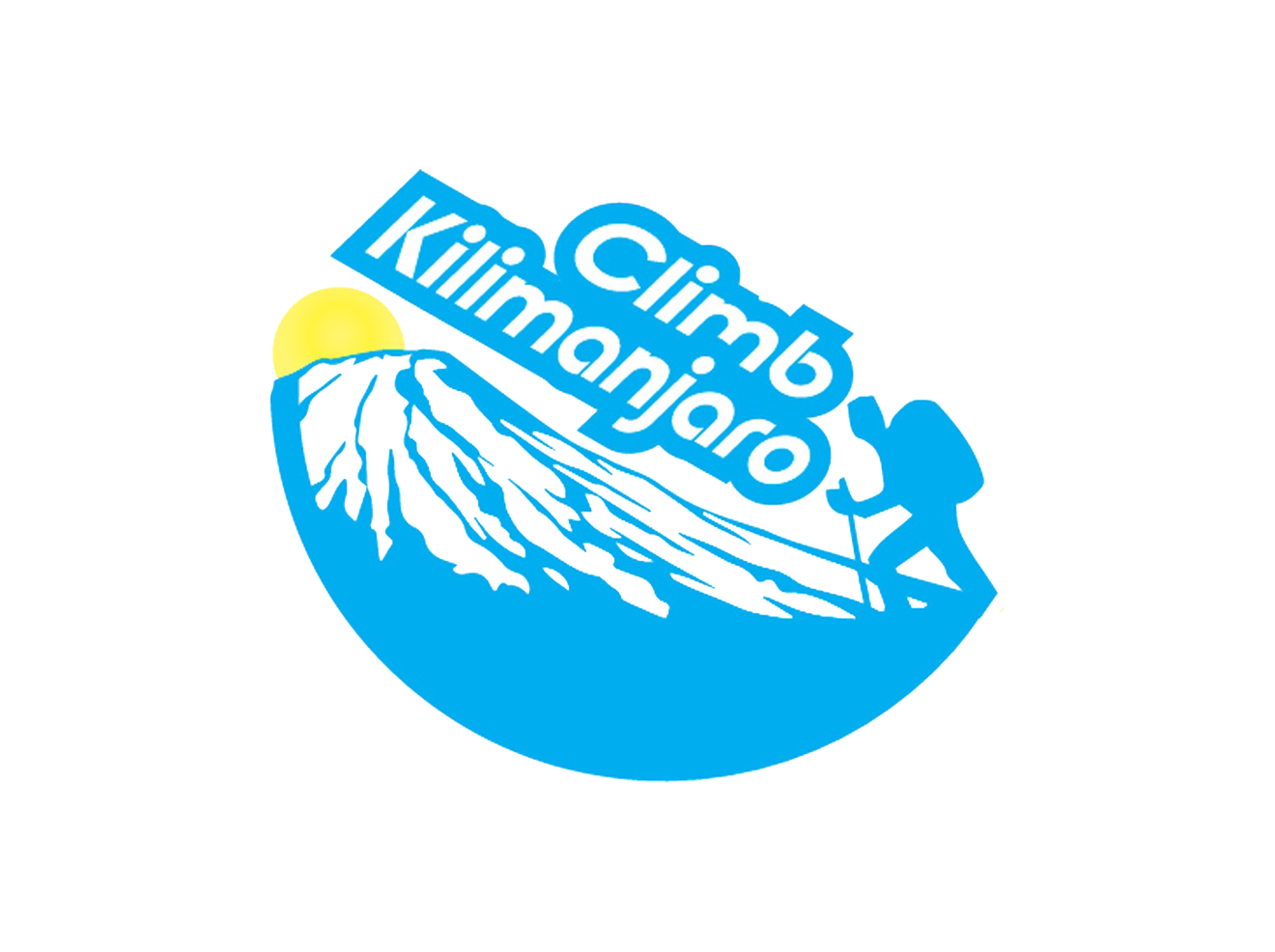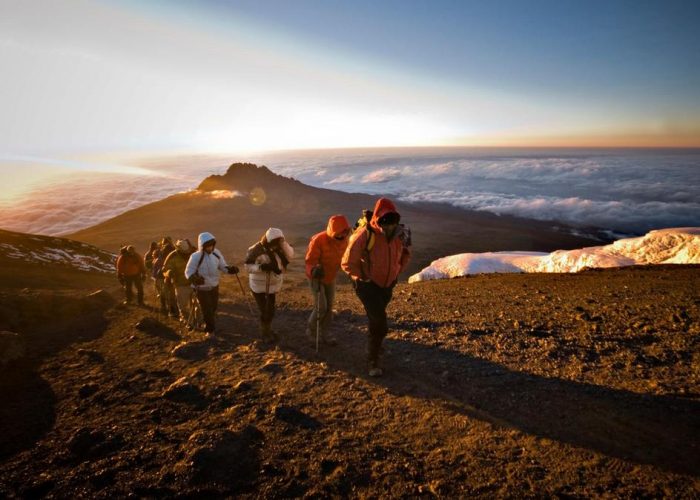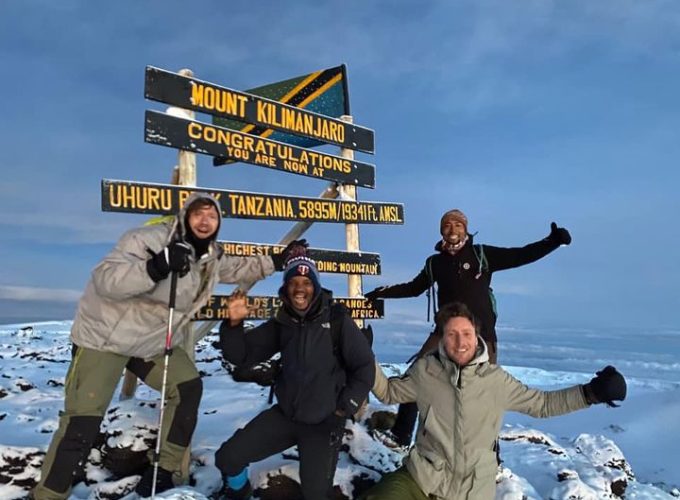- Make sure you study and compare all the routes before making your choice. Among the things to consider are traffic levels, difficulty, sights, and scenery.
- Before you begin your Northern Circuit hike, please ensure you are physically prepared by training and hiking for practice.
- To be mentally prepared for the Northern route, try out camping at home to familiarize yourself with limited facilities, and overcome challenges you might come across while at the mountain.
- Cross-check to make sure you have packed all the right gear, personal belongings, and equipment.
- Always stay hydrated and drink as much water as possible, it will come in handy on your trek and it will help you with altitude sickness and energy.
- Altitude sickness is a must, be mentally prepared to deal with it on the mountain, we will also be there for you.
- The longer the route and duration, the better. Do not go for shorter routes unless you have immense experience with tackling high-altitude mountains.
- Take your time and enjoy the views, don’t rush.
Summiting and Descent via Northern Circuit Route
This route might easily be one of the best routes to summit Mount Kilimanjaro. All routes use Gilman’s Point as the meeting point to reach the Uhuru Peak summit.
To go down the mountain and exit, the descent is via the Mweka route which is the most used route for descent by various routes like the Lemosho, Shira, Umbwe or Machame routes.
How hard is the Northern Circuit?
The Northern Circuit is a remote and challenging route, taking longer days to summit, as it is the longest route on the mountain and also the most remote route.
The longer itinerary means that the Northern Circuit Route accommodates enough time for acclimatization and uses the “walk high, sleep low” principle, which helps with combating acclimatization sickness.
This route also avoids climbing the Barranco Wall but still during summit night approaching Gilman’s Point, it will not be an easy thing to do.
Fitness is of the essence here as you will be trekking long hours via this Route. Previous trekking experience would be an added advantage, as the days will feature about 6-8 hours of hiking with daily ascents of 900m (2,953 ft) to 1,000m (3281 ft.) or sometimes the odd day ascending around 1,100m (3609 ft.)to 1,200m (3937 ft)
As the Northern Circuit Route is relatively long, you will need great levels of fitness and mental stamina because you will be trekking at an altitude of over 3,500m(11,483 ft).
You need complete confidence in your ability to trek for many days over difficult terrain and sometimes extreme weather conditions the higher you go.





